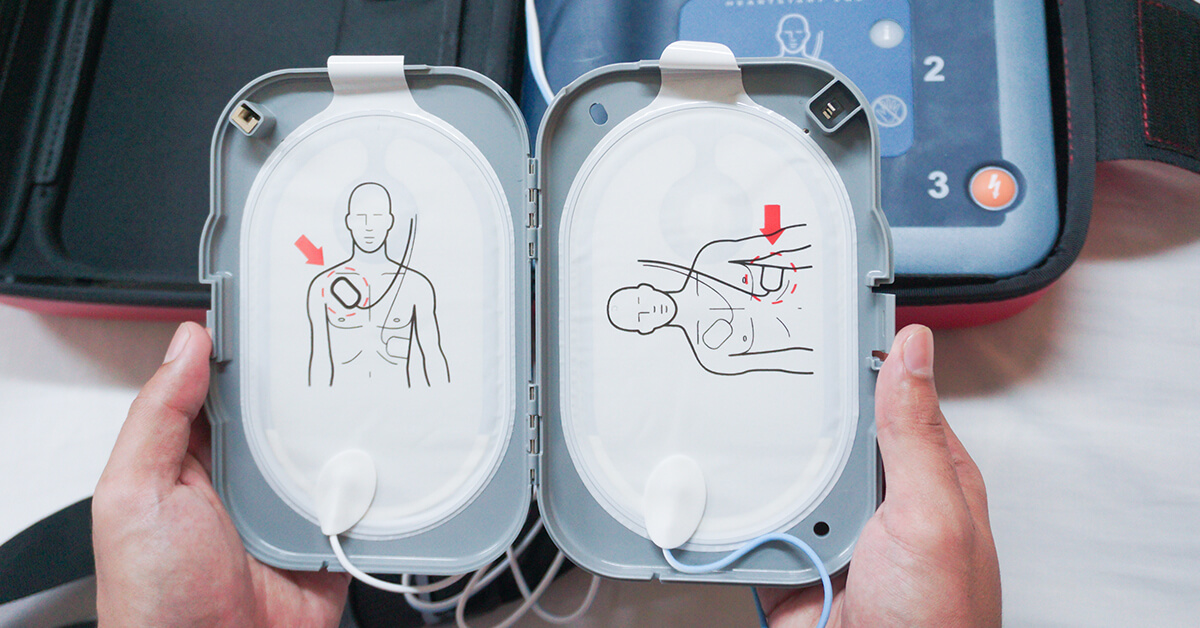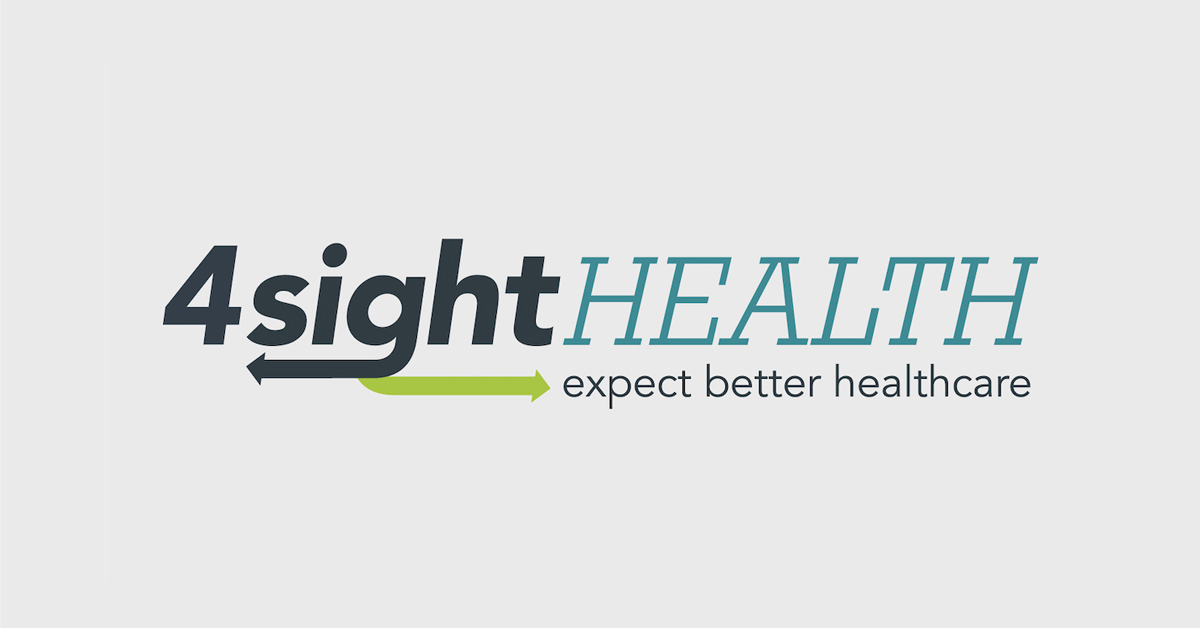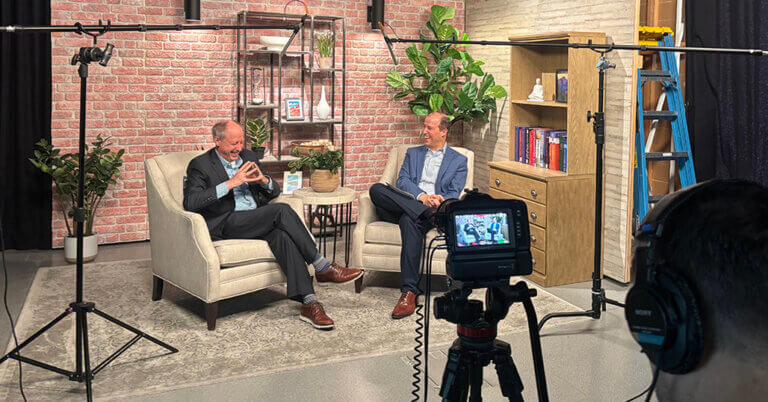October 29, 2025

A Shock to the System
Some people have called me a hypochondriac. Others have said I display hypochondriac tendencies. I deny both characterizations.
Still, I did immediately stop what I was doing to read a new study on automated external defibrillations (AEDs) in the home. I’m not interested for personal use, mind you. I’m here because I have a professional interest in people becoming their own doctors as increasingly sophisticated diagnostic and treatment technology becomes available for home use and is forever changing the healthcare market.
Seriously. I wrote about that trend in a monthly column last year called, “The Doctor Is in the House.”
The question raised by the new study is whether consumers should add home AEDs to their inventory of personal diagnostic and treatment gizmos they keep in their medical closets. The study, which appeared in JAMA Internal Medicine, said it’s not worth it. Here are the details.
No less than 12 health services researchers conducted the study, most of them from Denmark and The Netherlands, which analyzed data from something called Cardiac Arrest Registry to Enhance Survival (CARES). The Centers for Disease Control and Prevention, when it was a functioning public health agency of the U.S. government, and Emory University School of Medicine’s Department of Emergency Medicine built CARES to track instances of out-of-hospital cardiac arrests (OHCAs). The CARES website says OHCAs happen about 350,000 times a year in the U.S., and about 90% of those people die.
The researchers wanted to know how effective AEDs in the home are in saving people who drop where they live and whether that effectiveness was worth the cost of buying and maintaining a home AED.
The study pool was nearly 600,000 people who suffered cardiac arrest in their homes from January 2017 through December 2024. Of those people, only 777, or 0.1%, received a shock from an AED from a family member or friend before paramedics arrived.
Of the 618 people with non-shockable rhythms, only 29, or 4.7%, survived until hospital discharge. Of the 159 people with shockable rhythms, 45, or 28.3%, survived until hospital discharge. That compares with 4.4% and 21.7%, respectively, for all the people who didn’t get shocked at home from an AED.
Then, using some fancy math, the researchers calculated whether purchasing an AED for home use at $1,620 would be cost effective given the similar mortality outcomes. They said answer is no, it wouldn’t. Extrapolated out, that $1,620 turns into $4.5 million per quality-adjusted life years (QALYs) gained.
“The indiscriminate purchase of AEDs for individual private homes cannot be considered cost-effective at the current pricing of AEDs,” the researchers said, adding that the price of an AED would need to drop to $65 to make the math work and change their minds.
Just for grins, I looked at the demographics of the people in the study who arrested at home: 62% were male, 51% were white and their median age was 65. Hmmmm.
Thanks for reading.





